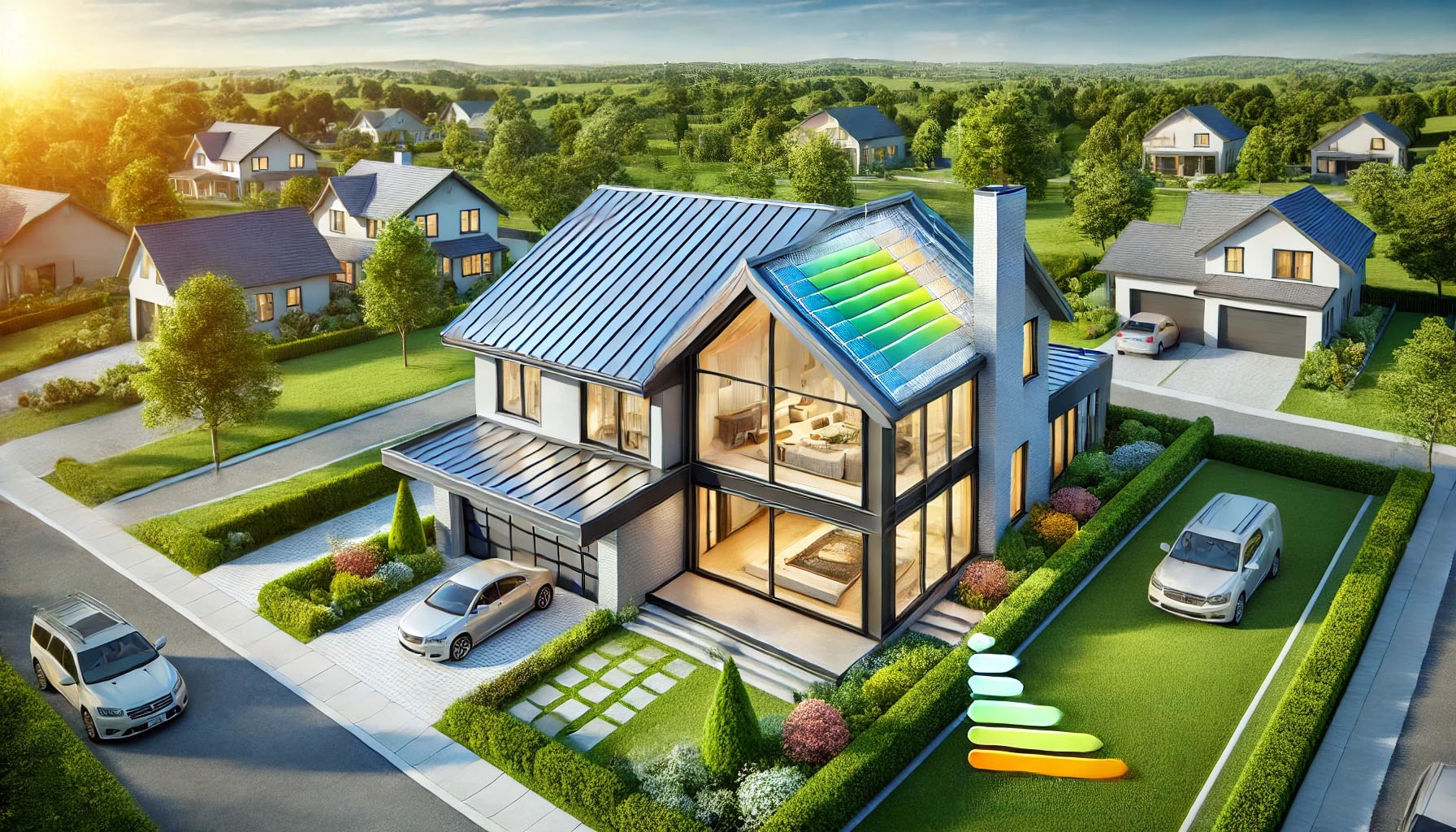
Understanding the Importance of Energy Efficient Roofing
In today's ever-changing climate, homeowners are increasingly focused on finding ways to enhance energy efficiency within their dwellings. For many, the quest begins at the top—the roof. A significant portion of energy loss in a home can be attributed to the roof, which can account for nearly 25% of total heat loss. This glaring statistic underscores the importance of selecting roofing materials that promote energy efficiency.
Why Choose Energy Efficient Roofing?
Choosing energy-efficient roofing options not only contributes to lower utility bills but also plays a critical role in increasing indoor comfort. As seasons change—from the heat of summer to the frigid cold of winter—roofs are crucial in maintaining a stable and comfortable environment inside the home. Moreover, with energy costs on the rise, homeowners view energy-efficient roofs as a smart investment. These roofs help lessen the strain on HVAC systems, potentially leading to less frequent repairs and replacements.
Key Factors in Measuring Energy Efficiency
The energy efficiency of a roof can be assessed through three primary characteristics: thermal resistance (R-value), emissivity, and reflectivity. Understanding these metrics can empower roofing contractors to discuss benefits confidently with homeowners:
Thermal Resistance (R-value): This refers to a roof’s ability to resist heat transfer, making it an essential consideration. A higher R-value indicates better insulation properties.
Emissivity: This measure indicates how well a surface can radiate energy; lower emissivity values represent better heat retention.
Reflectivity: Reflective roofs can bounce back solar energy rather than absorb it, reducing heat buildup in homes. This is particularly beneficial in hot climates.
Selecting the Right Roofing Material
When advising homeowners, it is paramount to discuss materials that marry energy efficiency with aesthetics. DECRA Metal Roofing, for example, is designed to meet diverse homeowner needs, providing durability without sacrificing visual appeal. This intersection of form and function is what modern homeowners are after—roofs that not only look fantastic but also provide long-term savings and value.
Anticipating Future Trends in Roofing
The demand for energy-efficient solutions is only expected to increase as homeowners become more environmentally conscious and as energy pricing fluctuates. The roofing industry is witnessing a shift towards sustainable materials and innovative designs that promise improved performance. This trend reflects a growing societal appreciation for eco-friendly practices in everyday living.
Conclusion: Embracing Energy Efficient Design
As a roofing contractor, embracing the movement towards energy-efficient roofing can pave the way for innovative discussions with clients. By effectively communicating the benefits and demonstrating understanding through measured thermal performance metrics, contractors can inspire trust and decision-making.
 Add Row
Add Row  Add
Add 




Write A Comment